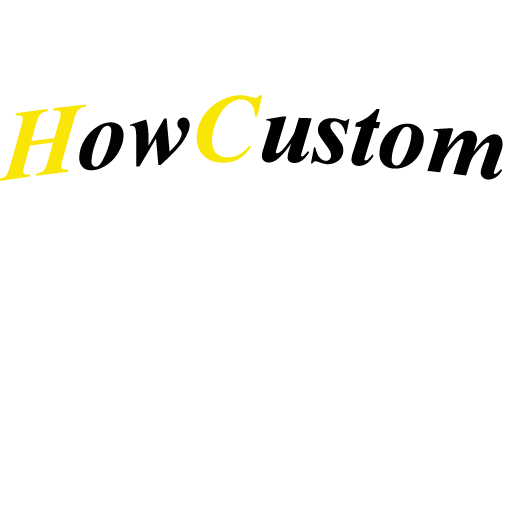When is the Right Time to Switch from Irons to Red Dot on a Pistol
Share
- The Real Question
- How Red Dots Work vs. Irons
- Who Should Switch and When
- Step-by-Step Transition Plan
- Pitfalls to Avoid
- FAQ (5 Questions)
- Key Takeaways
1. The Real Question
Many shooters eventually ask themselves when it's time to switch from iron sights to a red dot on a pistol. It's not just a matter of technology but one of timing, training, and application. This guide explains when a shooter is truly ready, what benefits to expect, and how to make the switch smoothly.
Whether you're a recreational shooter, carry for defense, or compete professionally, understanding this transition can improve both your performance and confidence.
2. How Red Dots Work vs. Irons
Traditional iron sights require the shooter to align the front and rear sights with the target—engaging multiple focal planes. Red dots place the aiming point and the target on the same visual plane, allowing faster target acquisition and improved accuracy, especially under stress.
Comparison Table: Iron Sights vs. Red Dot Sights
|
Feature |
Iron Sights |
Red Dot Sight |
|
Focal Planes |
3 (rear, front, target) |
1 (target) |
|
Speed |
Moderate |
Faster |
|
Low Light Use |
Limited |
Adjustable brightness |
|
Maintenance |
Low |
Battery-dependent |
|
Learning Curve |
Shorter |
Steeper initially |

3. Who Should Switch and When
New Shooters
It may seem logical to start with a red dot, but many instructors and experienced users on Reddit recommend building a foundation with iron sights first. This helps solidify grip, trigger control, and presentation.
Experienced Shooters
If you consistently hit your mark using iron sights, switching to a red dot can boost speed and tracking ability. Red dots also reduce cognitive load by simplifying visual focus.
Aging Eyes
Red dots are particularly helpful for shooters experiencing farsightedness or difficulty shifting focus. The ability to stay target-focused while maintaining aim is a major benefit.
4. Step-by-Step Transition Plan
Switching to a red dot sight is not just a hardware change—it’s a change in technique, mindset, and training routine. The following four steps help build a reliable foundation for the transition:
Step 1: Dry Fire Training (Weeks 1–2)
Start by training at home with an unloaded firearm. Your goal is to build consistent presentation, bringing the dot into view naturally without tilting your head or hunting for it.
Drill: From low ready, present the pistol and stop once the dot is visible. Do this 20–30 reps per session. Focus on minimizing head movement and wrist angle variations.
Pro tip from Reddit: Use a small round sticker on a mirror to simulate the red dot and practice indexing to the same visual spot every time.
Step 2: Co-Witness Irons (Weeks 2–4)
Use a setup where your red dot allows a lower-third or absolute co-witness with iron sights. This provides backup visibility while you develop red dot habits.
Drill: Alternate between acquiring the dot and using irons. This keeps your traditional skills sharp while you build confidence with the optic.
Reddit insight: Some users recommend taping over the front lens of the optic during dry fire to force better presentation mechanics through the backup sights.
Step 3: Live Fire Confirmation (Weeks 3–6)
Head to the range and confirm your dry fire progress under recoil. Start close—3 to 5 yards—and gradually increase distance as the dot becomes easier to track.
Drill: At 5 yards, draw from holster and fire 1–2 shots focusing on acquiring the dot on presentation. Work up to shot strings and movement.
Common feedback: Expect the dot to vanish mid-string early on. This is normal and corrects with consistent draw stroke refinement.
Step 4: Pressure Testing (Weeks 6+)
Introduce real-world stress variables: timed drills, movement, and shot accountability.
Drill: Use a timer to measure draw-to-dot time. Add lateral movement, reloads, or target transitions. Record your sessions for form analysis.
Benchmark: Aim to consistently find the dot in under 1.2 seconds from concealment with no flinch or visual search.
5. Pitfalls to Avoid
Not Finding the Dot
The most common issue is losing the dot during draw. This results from poor presentation habits. Fix this with repetition and camera feedback.
Over-Reliance on Optics
Shooters sometimes abandon iron fundamentals too early. Retain your ability to shoot irons even if the dot becomes your primary.
Ignoring Mechanical Backup
Battery failure, moisture, and lens damage are real. Maintain backup irons or be prepared to use the red dot window for frame alignment.

6. FAQ (5 Questions)
Q1: Are red dots more accurate?
They allow more precise visual feedback but only benefit shooters with solid fundamentals.
Q2: Is finding the dot difficult under stress?
Initially, yes. With consistent practice, the dot becomes faster to acquire than irons.
Q3: Do red dots work with astigmatism?
Bright settings may cause bloom or distortion. Lower brightness or different reticle sizes may help.
Q4: Can red dots be used for concealed carry?
Yes, but holster compatibility and training matter. Optics-ready holsters are essential.
Q5: Should I remove iron sights once I switch?
No. Co-witnessed irons are useful for emergencies and skill retention.

7. Key Takeaways
There is no universal "right time" to switch from iron sights to red dot optics. It depends on your shooting goals, experience level, and ability to retrain key habits.
If you’re shooting consistently well with irons, ready to dedicate time to dry fire, and want faster target acquisition—now may be a good time. Aging eyes, competition needs, and carry roles also accelerate the decision.
The switch isn’t instant. It’s a process. With practice, you’ll find the dot naturally and shoot more confidently. The key is to transition with intention, not just because it’s the latest trend.
For best results: Pair this guide with actual drills, video feedback, and proper optic mounting. Mastery comes through methodical reps, not rushed upgrades.
